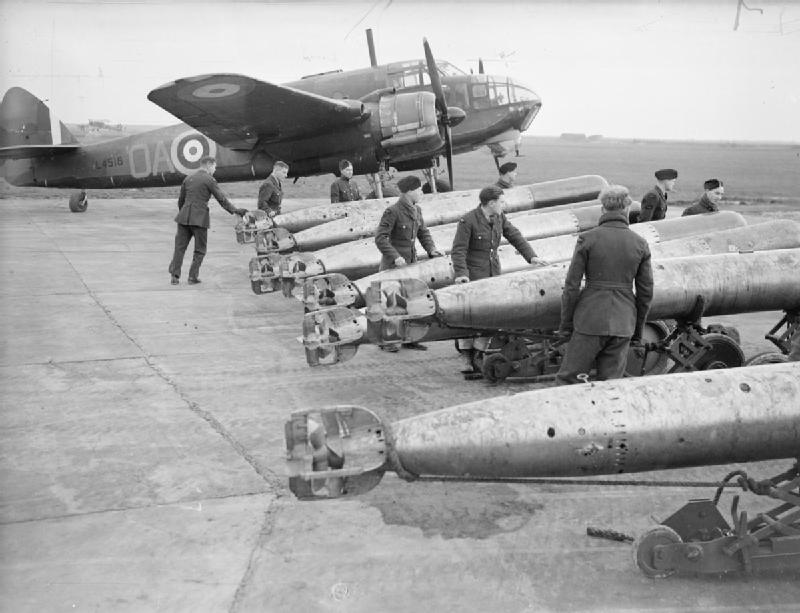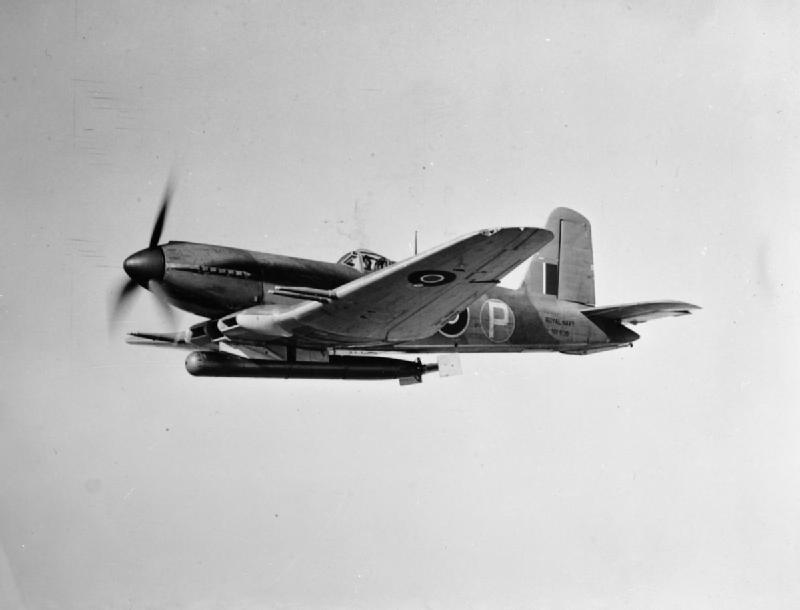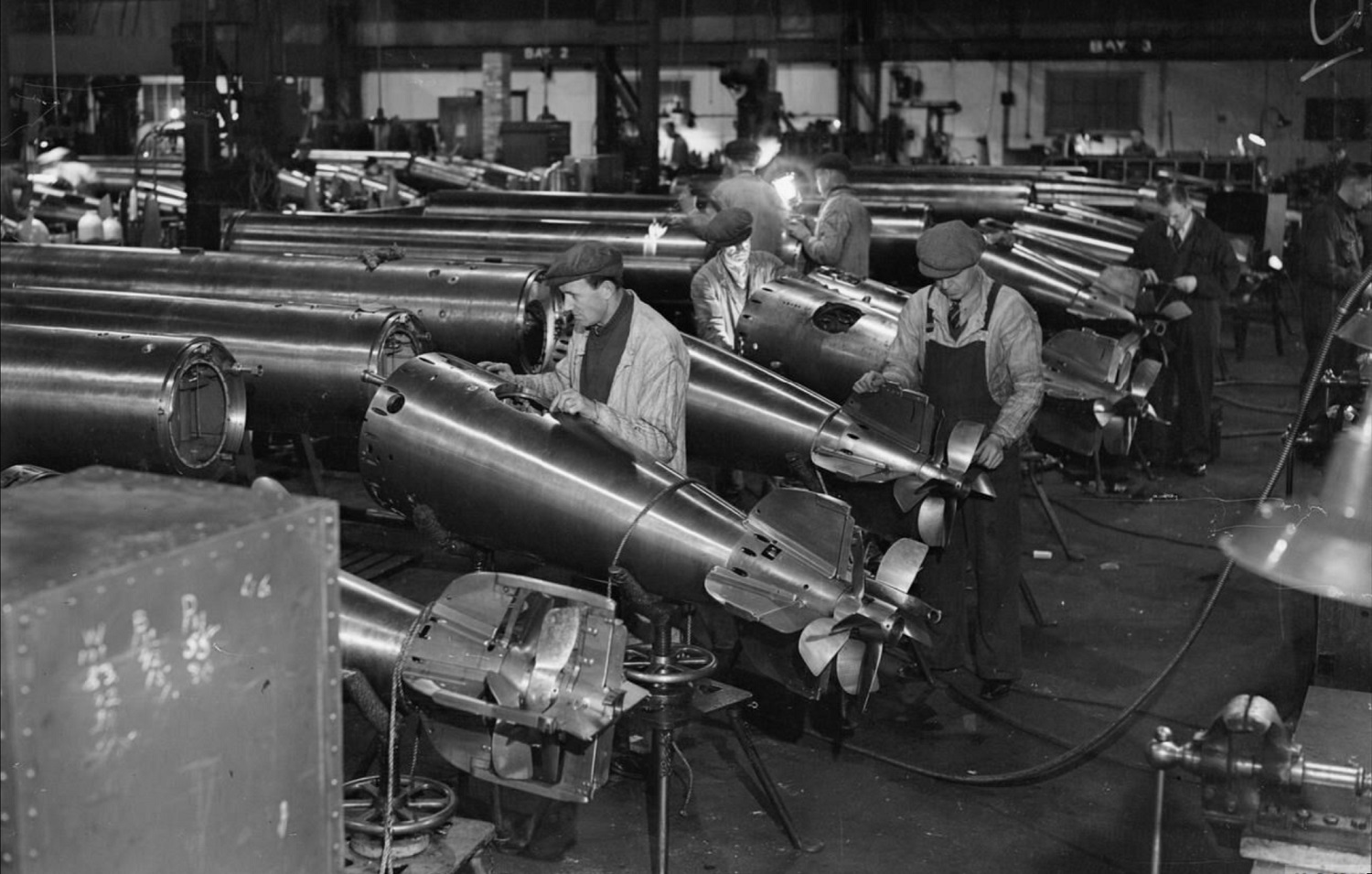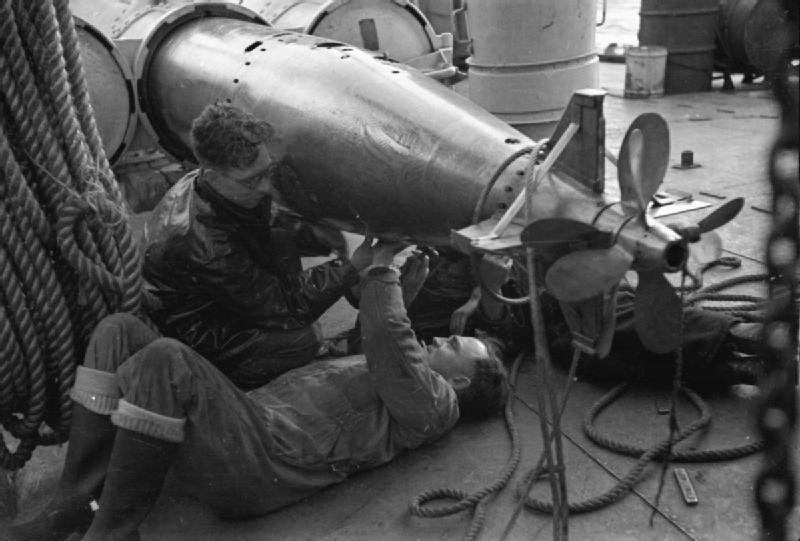| Ship Class Used On | Aircraft Launched |
|---|---|
| Date Of Design | 1935 |
| Date In Service | 1937 |
| Weight | 1,548 lbs. (702 kg) |
| Overall Length | 16 ft 3 in (4.953 m) |
| Negative Buoyancy | about 230 lbs. (104 kg) |
| Explosive Charge | 388 lbs. (176 kg) TNT 1 |
| Range / Speed | 1,500 yards (1,370 m) / 40 knots
3,500 yards (3,200 m) / 37 knots |
| Power | Burner-cycle, about 140 hp @ 40 knots |
- An improved Mark XI. Standard airborne torpedo for the first half of World War II and still in limited use until the end.
No details of this torpedo have been found and "Naval Weapons of World War Two" speculates that it may have never existed. Perhaps this mark number was not assigned because of superstition about unlucky numbers.
| Ship Class Used On | Aircraft Launched |
|---|---|
| Date Of Design | N/A |
| Date In Service | 1938 (?) |
| Weight | 1,630 lbs. (739 kg) |
| Overall Length | N/A |
| Explosive Charge | 375 lbs. TNT (170 kg) |
| Range / Speed | 1,650 yards (1,500 m) / 45 knots
2,950 yards (2,700 m) / 41 knots |
| Power | Whitehead wet-heater |
Almost the entire stock of this model was lost with the surrender of Singapore. Considered to be less robust than the Mark XII. Use methylated spirits as fuel.
| Ship Class Used On | Aircraft Launched and some MTBs |
|---|---|
| Date Of Design | 1942 |
| Date In Service | 1943 |
| Weight | 1,801 lbs. (817 kg) |
| Overall Length | 17 ft 2.75 in (5.251 m) |
| Negative Buoyancy | about 375 lbs. (170 kg) |
| Explosive Charge | 545 lbs. (247 kg) Torpex |
| Range / Speed | 2,500 yards (2,290 m) / 40 knots
3,500 yards (3,200 m) / 33 knots |
| Power | Burner-cycle, about 140 hp @ 40 knots |
Standard airborne torpedo in second half of World War II. 33 knot setting was used only on MTBs.
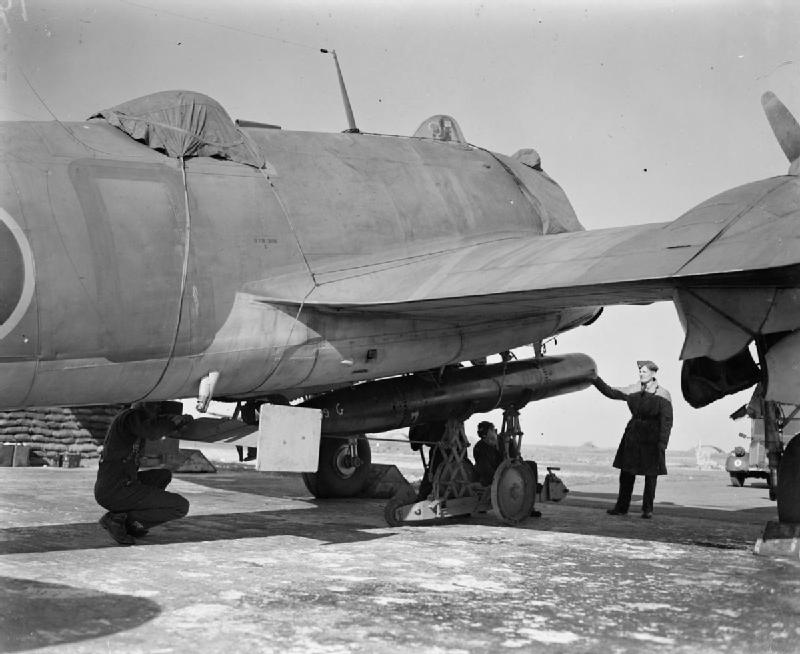
Air launched circling electric torpedo that never saw service. Parachute dropped, speed of about 10 knots for 30 minutes. Development halted in 1943.
| Ship Class Used On | Aircraft Launched |
|---|---|
| Date Of Design | 1944 |
| Date In Service | 1945 |
| Weight | 1,874.5 lbs. (850 kg) |
| Overall Length | 17 ft 3.4 in (5.268 m) |
| Negative Buoyancy | 447 lbs. (203 kg) |
| Explosive Charge | 600 lbs. (272 kg) Torpex |
| Range / Speed | 2,500 yards (2,300 m) / 39-40 knots |
| Power | Burner-cycle, about 140 hp @ 40 knots |
An improved Mark XV in production at the end of the war. Used on Firebrands and land-based aircraft.
| Ship Class Used On | All Submarines from the "O" Class on and MTBs |
|---|---|
| Date Of Design | About 1925 |
| Date In Service | 1927 |
| Weight | 3,452 lbs. (1,566 kg) |
| Overall Length | 21 ft 7 in (6.579 m) |
| Negative Buoyancy | 804 lbs. (365 kg) |
| Explosive Charge | Mark VIII
750 lbs. (340 kg) TNT Mark VIII**
|
| Range / Speed | Mark VIII
5,000 yards (4,570 m) / 40 knots Mark VIII**
|
| Power | Burner-cycle, 322 hp @ 45 knots |
The Mark VIII was the first burner-cycle torpedo in service. The principal World War II version was the Mark VIII** and this torpedo was used far more than any other British torpedo during the war. 3,732 were fired by September 1944, 56.4% of the total. This torpedo was still in use in British ships as late as 1983 and was used longer in other navies.
| Ship Class Used On | Leander and later cruisers, "A" and later destroyer classes
Also replaced the old Mark VII in some 8" (20.3 cm) cruisers during the war |
|---|---|
| Date Of Design | 1928 |
| Date In Service | 1930 |
| Weight | 3,732 lbs. (1,693 kg) |
| Overall Length | 23 ft 10.5 in (7.277 m) |
| Negative Buoyancy | 732 lbs. (332 kg) |
| Explosive Charge | Mark IX and IX*
750 lbs. (340 kg) TNT Mark IX**
|
| Range / Speed | Mark IX
10,500 yards (9,600 m) / 36 knots 13,500 yards (12,350 m) / 30 knots Mark IX*
Mark IX**
|
| Power | Burner-cycle, 264 hp @ 41 knots |
First appeared in 1930 and was considerably improved by 1939.
| Ship Class Used On | Mark X: Polish destroyers
Mark X*: ex-Brazilian Havant class destroyers Mark X**: British MTBs Mark X***: Dutch Submarines Mark X****: Greek Submarines The data that follows is specifically for the Mark X* |
|---|---|
| Date Of Design | 1939 |
| Date In Service | 1940 |
| Weight | 3,571 lbs. (1,620 kg) |
| Overall Length | 23 ft 7.5 in (7.200 m) |
| Negative Buoyancy | Mark X*: 606 lbs. (275 kg) |
| Explosive Charge | 661 lbs. (300 kg) TNT |
| Range / Speed | 3,280 yards (3,000 m) / 47 knots
5,470 yards (5,000 m) / 43 knots 8,750 yards (8,000 m) / 36 knots 13,120 yards (12,000 m) / 29 knots |
| Power | Wet-heater |
Britain supplied modified torpedoes for ships from nations taken over by the Axis powers. The principal difference between the various versions was the overall length.
| Ship Class Used On | Post-War Destroyers |
|---|---|
| Date Of Design | 1942 |
| Date In Service | 1944 |
| Weight | 3,632 lbs. (1,647 kg) |
| Overall Length | 22 ft 5 in (6.833 m) |
| Negative Buoyancy | 734 lbs. (333 kg) |
| Explosive Charge | 710 lbs. (322 kg) TNT |
| Range / Speed | 5,500 yards (5,000 m) / 28 knots |
| Power | Electric batteries |
The Royal Navy had little interest in electric torpedoes prior to World War II as they had poor performance compared to the burner-cycle units already in service and there seemed to be little need for a trackless torpedo. After some German G7e-T2 torpedoes were captured in 1940, Britain started a low-priority development program, but not much was done until 1942 when there was a need for trackless torpedoes for use in the Mediterranean. The first prototype was ready for trials in May 1943 but the surrender of the Italians again lowered the developmental priority. The first production torpedo was finally issued in August 1944 and some were delivered to the Far East but the war ended before any were used in action. Used two batteries with 26 cells each and a total weight 1,475 lbs. (669 kg). The motor produced 98 BHP at 1,755 rpm and took 960 amps at 91 volts. If the batteries were not heated prior to firing, then the range was reduced to 4,500 to 5,000 yards (4,100 to 4,570 m) at 28 knots.
"Naval Weapons of World War Two" by John Campbell
"Run the Gauntlet: The Channel Dash 1942" by Ken Ford
"From Fancy to Stingray: British Torpedoes since 1945" article by Antony Preston in "Warships Volume V"
04 July 2006 - Benchmark
28 December 2013 - Added photographs of Mark IX torpedo, Beaufort and Firebrand aircraft
26 July 2014 - Added photograph of Mark XV torpedo
07 October 2019 - Converted to HTML 5 format
30 October 2021 - Corrected formatting problem
13 January 2023 - Added note about warhead weight of 18" (45 cm) Mark XII torpedo
05 May 2024 - Added photograph of Rosyth Naval Torpedo Depot
19 November 2024 - Minor changes

